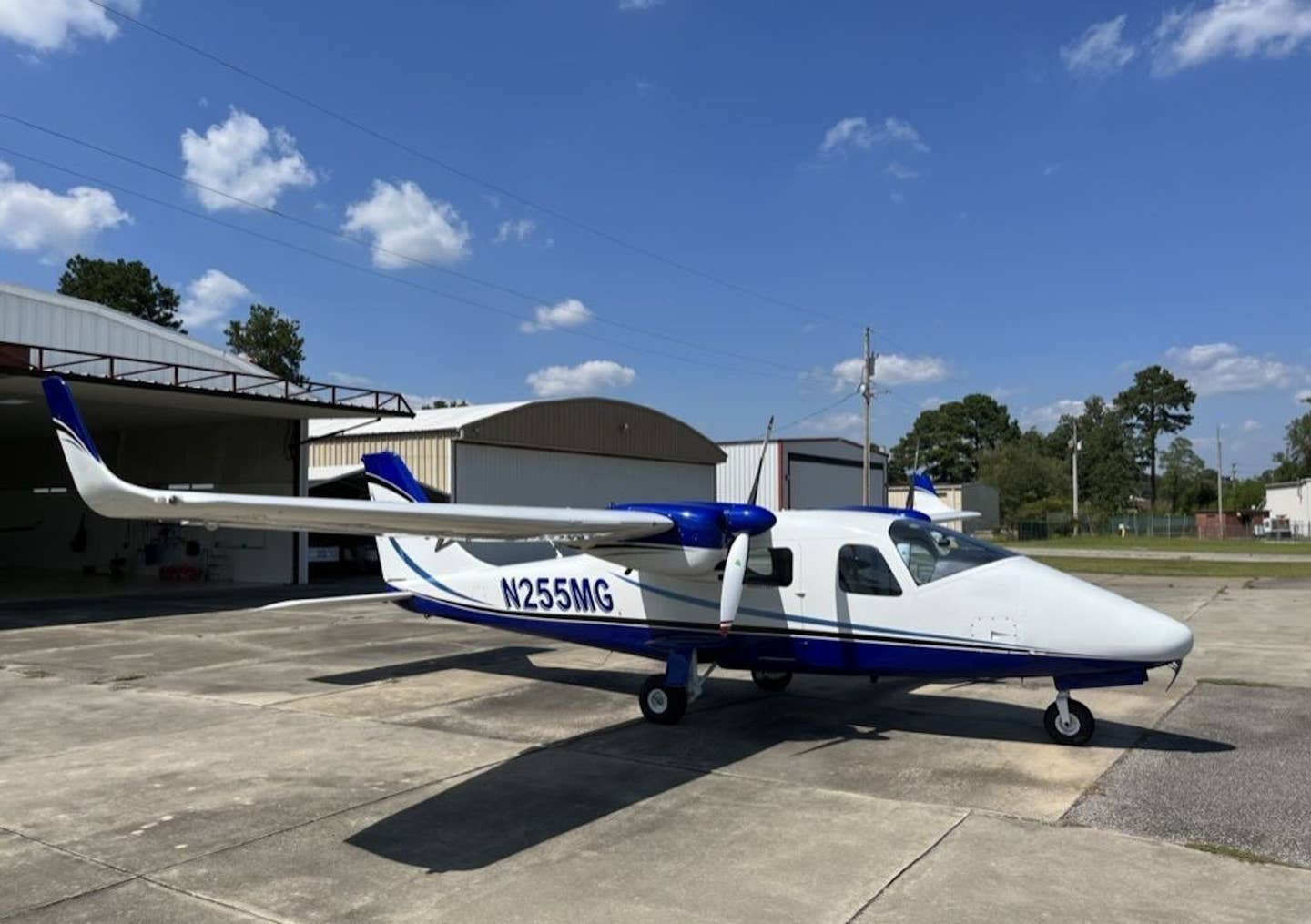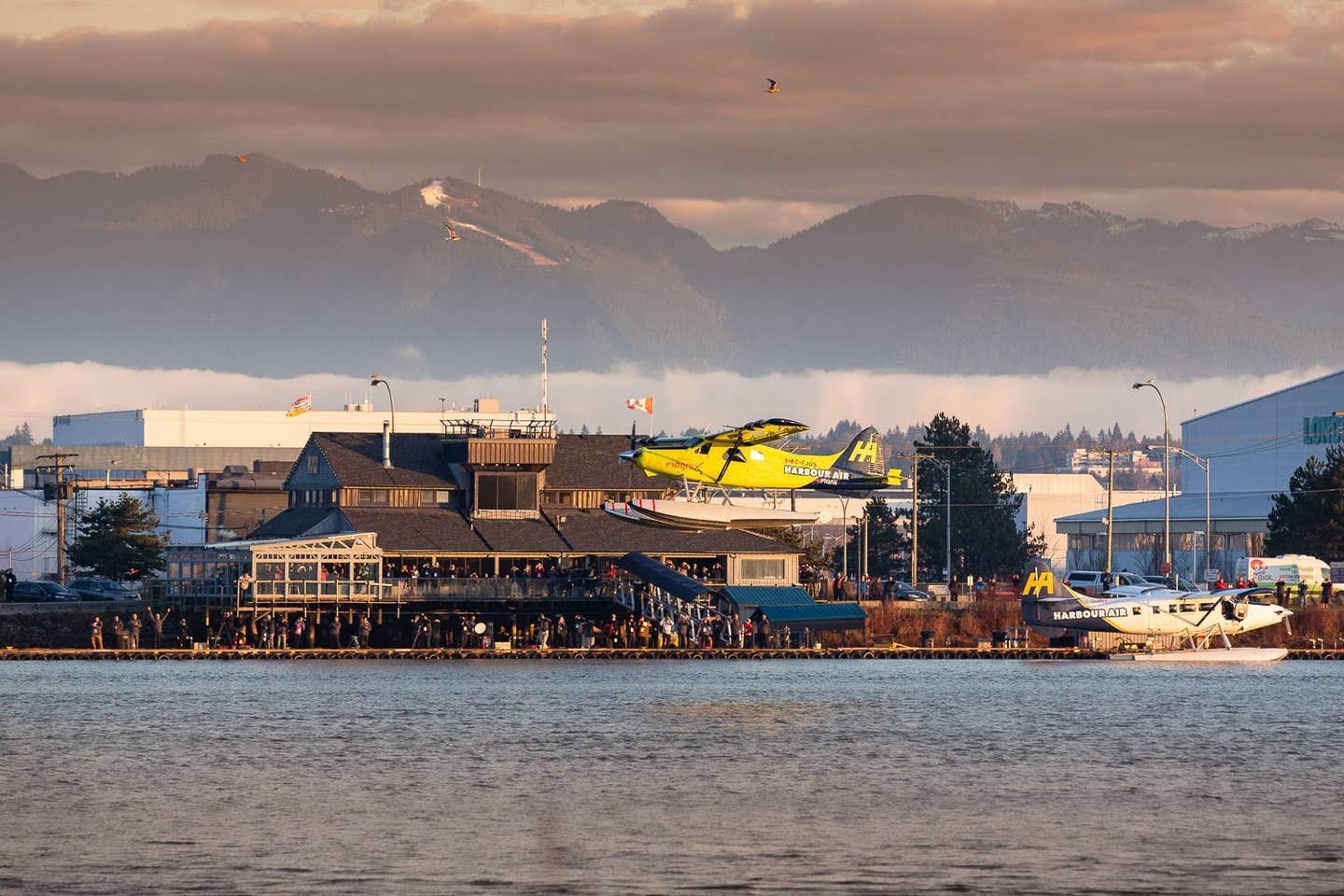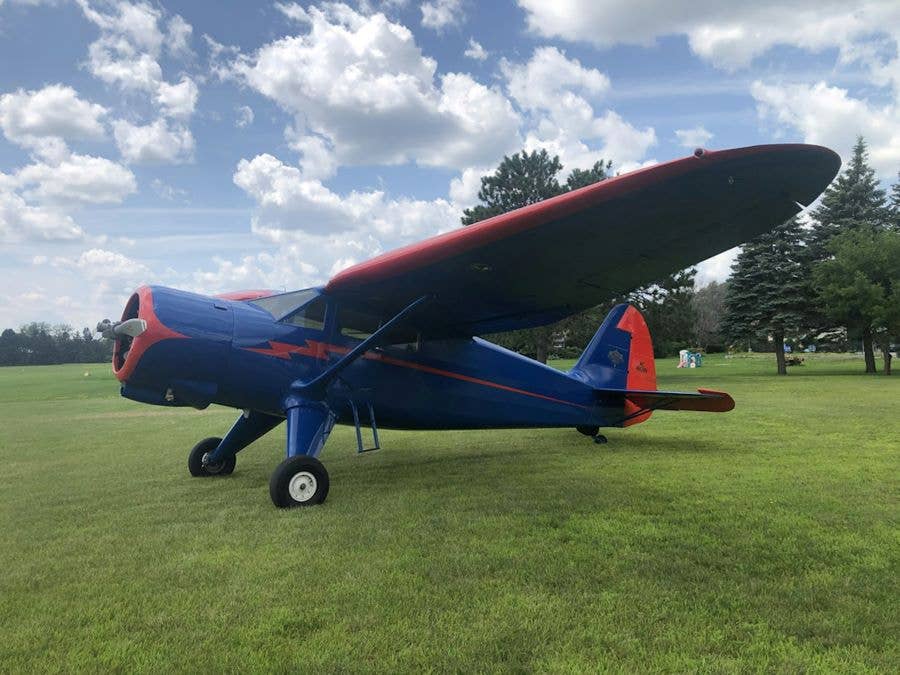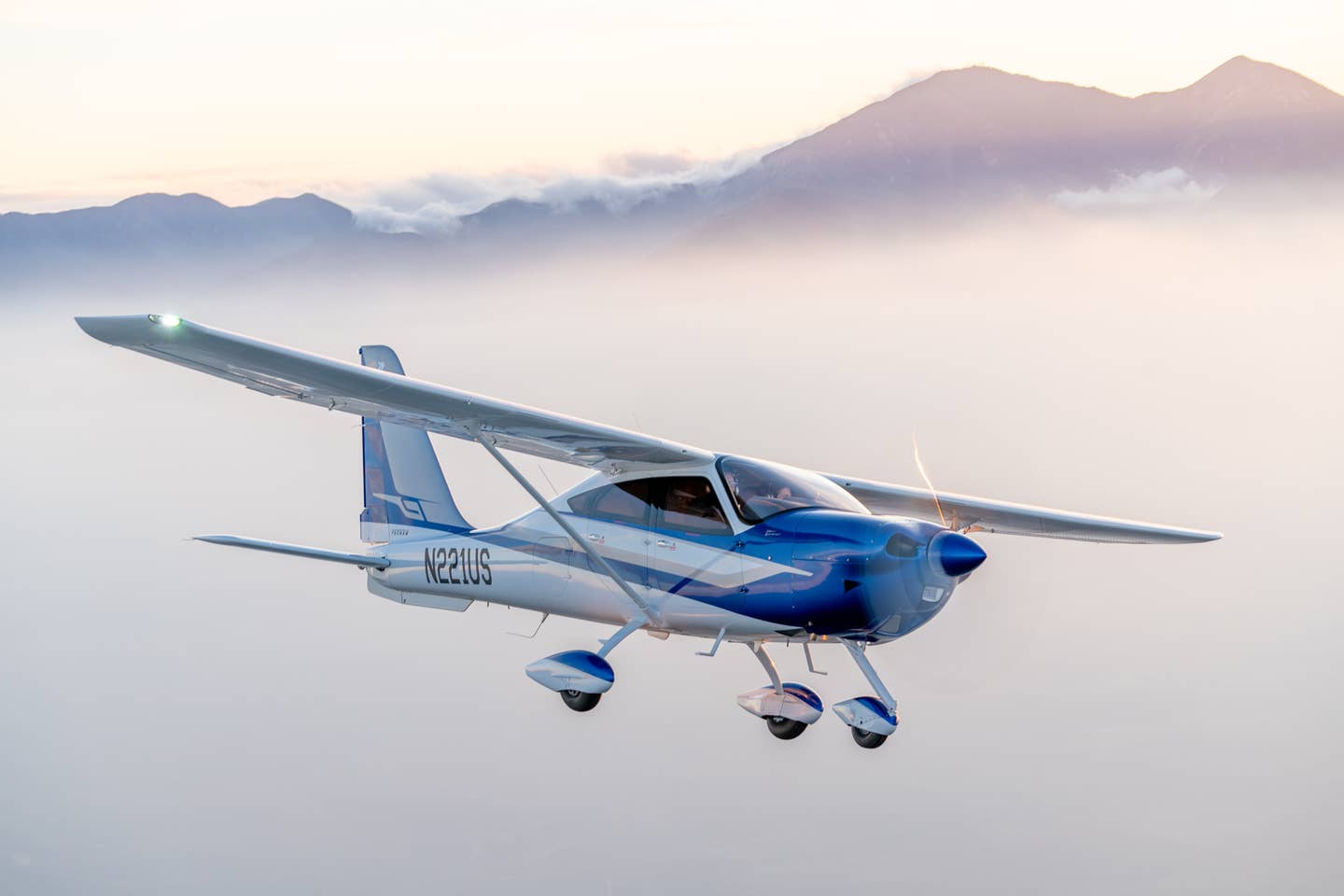FLYING’s Air Compare: Cessna 206 vs. Cessna 210
A showdown between two high-wing utility haulers.
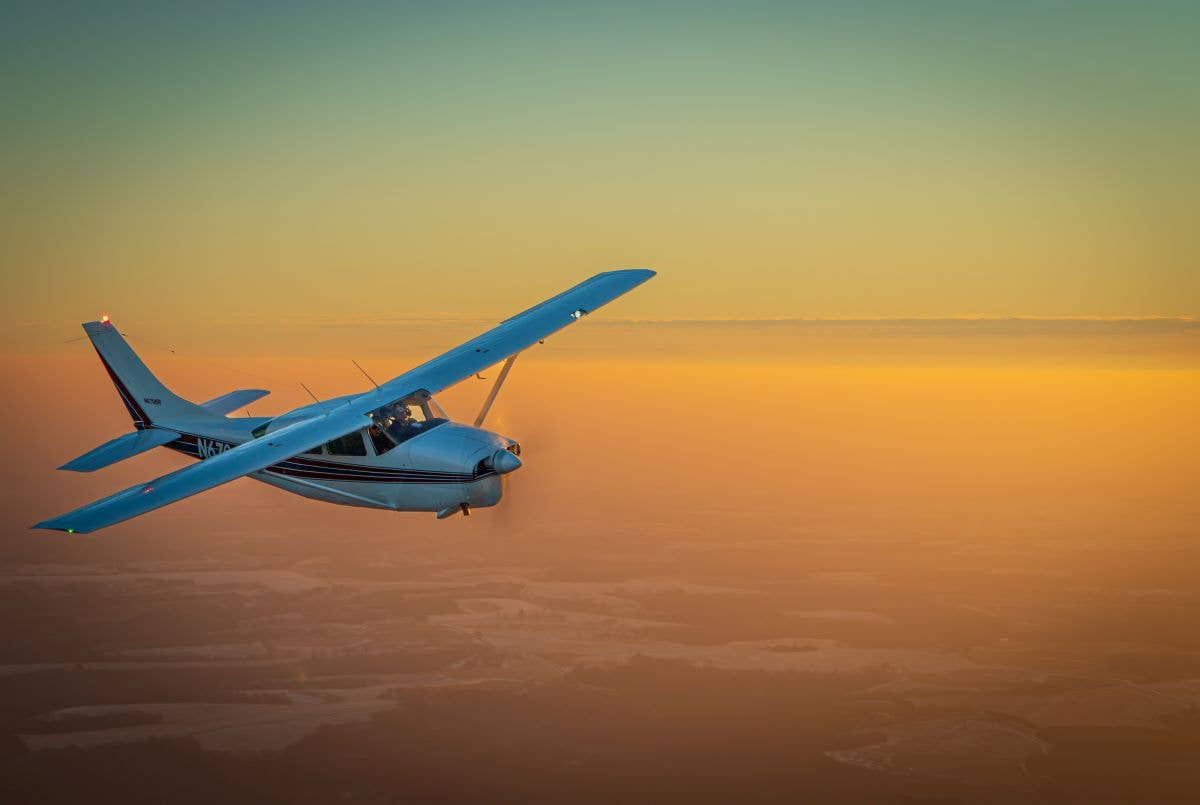
The earliest models of the 206 and 210 had significant overlap, visually and in terms of their capabilities. [Credit: Jim Stevenson]
The mid-1950s were an interesting time for Cessna. The taildragger era was drawing to a close, tricycle gear was taking over, and the marketing team was hard at work identifying and addressing gaps in their product offerings. The small trainer role was evolving from the 120 and 140 to the 150, and the light four-place role was evolving from the 170 to the 172 and 182. This left the question of what to do for the larger, higher-performance single-engine market.
After Cessna discontinued production of the big radial-powered 190 and 195 taildraggers in 1954, the company was left with the 180 and 185 to fill that category and saw there would be a market for large, capable piston singles with tricycle gear. Their solution? The retractable-gear 210, introduced in 1960, and the fixed-gear 206, introduced as the 205 in 1962, and in earnest as the 206 in 1964.
If you're not already a subscriber, what are you waiting for? Subscribe today to get the issue as soon as it is released in either Print or Digital formats.
Subscribe NowOver the course of their production runs, both the 206 and the 210 went through several evolutions. The 206 primarily saw minor changes, whereas the 210 saw significant revamps during its run. Production of both types was suspended in 1986, and only the 206 would be resurrected in more recent years. Today, the pre-1986 family of 206 and 210 series of aircraft provides a compelling blend of capability, comfort, and familiar, predictable flight characteristics.
As with any types of the vintage, each comes with a smattering of pitfalls and ownership challenges. As Cessna added features like turbocharging and pressurization, the airplanes became more challenging to own and maintain. Here, we explore the legacy 206 and the 210 and evaluate the capability of each while considering their respective pros and cons.
Design and Evolution
The earliest models of the 206 and 210 had significant overlap, visually and in terms of their capabilities. The two types diverged over time, but they share several fundamental similarities. Both used Cessna’s familiar high-wing, all-metal airframe design from the beginning. Both also offered similar dimensions and load-carrying capabilities, and both utilized six-cylinder Continental engines, with a “T” prefix indicating the presence of a turbocharger on models like the T206 and T210. The two types differed primarily in their landing gear, wings, and doors.
The 210 was introduced first as a 1960 model. The 1960 and 1961 models had four seats and were essentially 182s with retractable gear and 30 additional horsepower. 1962 brought rear windows and a 4 inches wider cabin. The 1962 to 1966 210s are essentially retractable-gear 206s with less available space in the back because of the main gear wells in the aft cabin.
In 1964, a third row of seats became available as an option. These initial seats were diminutive affairs with backrests that unfolded out of the raised baggage area floor. Most owners consider these to be most suitable for small adults and children. Performance-wise, Cessna upgraded the engine from the 260 hp IO-470 to the 285 hp IO-520, and the horizontal stabilizer was increased in span by 8 inches, improving pitch authority when landing with a forward CG.
The 210 lost its wing struts in 1967 when the strutless cantilever wing made its first appearance. Three years later, a switch to more compact tubular steel landing gear provided more space in the aft cabin, enabling full-sized seats to be used in the third row.
The most significant change during the cantilever-wing era was the addition of the P210, with “P” denoting cabin pressurization. Easily the most complex version of the 210, the pressurization provided comfort and capability during longer trips. With a relatively low 3.35 psi differential, however, the cabin altitude can easily exceed 10,000 feet, so many owners still utilize oxygen. Nevertheless, the pressurization provides a notably quieter, more comfortable cabin.
The Cessna 205, produced during the 1963 and 1964 model years, is essentially a fixed-gear 210. Because there was no need for bays to house the retracted main gear, the aft floor was flat and sported full-sized seats in the third row. The bulge in the cowl remains, however, making the 205 difficult to distinguish from a 210 visually.
With fixed landing gear, the 206 is simpler to operate, insure, and maintain than the 210. It was introduced in 1964 and took over the fixed-gear duties from the 205. As it was optimized for transporting people and cargo, cruise speed took a backseat to basic economy and reliability. Floats, skis, and belly pods for additional cargo capacity were available options. Legacy 206s are available in two versions: passenger, indicated by a “P” prefix, and utility, indicated by a “U” prefix.
The passenger-biased P206 models provide three separate entry points to the cabin. Each front seat has its own door, and a third smaller door provides access to the left-side back seat. Opinions vary based on spryness and flexibility, but one P206 owner with whom we spoke describes this rear door as somewhat more difficult to utilize than that of a Cessna 150. The door lacks a footrest to assist ingress and egress, and the door opening is relatively small. For many, it’s a feature best utilized for children and baggage.
For owners interested in hauling larger cargo or simply desiring easier access to the aft half of the cabin, the U206 provides large double “clamshell” doors on the right side of the fuselage. So massive are these doors that passengers can easily board both the second and third row of seats.
The ease of entry and egress of the U206’s double doors strongly appeals to owners who regularly transport elderly or disabled passengers, and thanks to the low sill height, outsized cargo is easily loaded and unloaded. A supplemental type certificate (STC)available from Wipaire allows for the installation of a right-side front door.
Compared to the 210, the 206 line saw far fewer changes during its production, the design remaining relatively consistent from year to year. One notable change came in 1968 when the horizontal stabilizer was increased in span for additional pitch authority at forward CGs. The P206 was discontinued in 1971,leaving the U206 as the sole version in production.
Market Snapshot
| Type | Number Listed | Median Price | Median Airframe Hours |
| 205 | 2 | $222,500 | 8,496 |
| 206 | 7 | $299,000 | 6,000 |
| T206 (turbocharged) | 5 | $349,000 | 3,279 |
| 210 | 26 | $179,950 | 4,245 |
| T210 (turbocharged | 21 | $310,000 | 4,224 |
| P210 (pressurized) | 15 | $285,000 | 3,826 |
A recent survey of 206 and 210 variants listed for sale on six of the most popular online classified sites at the time of this writing provides some interesting takeaways.
Most notable is the scarcity of 205s and 206s on the market. This supports the chatter among owners that charter operators—particularly those in Alaska—snatch up many examples for their fleets. With only 14 listed for sale at the time of this writing, the fixed-gear variants appear to be in far higher demand than the 210s.
Additionally, the median number of airframe hours among the 206s represented is notably higher than the 210s, further bolstering the claims that the type sees heavy use in commercial operations. While regular use can be a good thing for the health of an airplane and especially an engine, owners advise using caution when considering a 206 that has been used commercially. The life of a cargo airplane can be harsh. Many have led hard lives and have been kept outdoors for decades, whereas their privately-owned counterparts are more likely to have been babied by doting owners and kept in climate-controlled hangars.
The higher median price of the 206 also suggests an overall preference in the market for fixed landing gear. The cost to maintain the retractable gear of the 210 family is not inconsequential. Neither is the amount of time and effort required to develop a thorough understanding of the components involved and closely monitor the entire system's health. Add increased insurance premiums to the list of retractable gear concerns, and for most, it would take a significant pay-off to absorb the costs involved.
Fortunately, there are indeed some payoffs at play.From the very beginning, cruise speed has been one of them. At the same power setting, an earlier 210 with wing struts cruises approximately 25 mph faster than an equivalent fixed-gear 206. Alternatively, one can select a lower power setting and enjoy lower fuel burn due to decreased drag.
However, reduced drag isn’t enough to make up for the aforementioned higher cost of ownership, and this is evident in pricing. With asking prices of normally-aspirated 210s hovering at less than half the price of comparable 206s, buyers in the current market seem to place higher value on the simplicity, reliability, and lower operational cost of the 206 versus the speed and performance of the 210. For potential buyers regularly hauling people and cargo, the improved cabin access likely plays a part, as well.
With fewer than 600 examples built, Cessna 205s are relatively scarce and can go unnoticed. Like the Cessna 175, fewer people know what they are, so fewer people think to search for them on classified sites. For this reason, it’s not uncommon to find a 205 lurking deep in the listings that others have yet to discover. Presently, only 172 examples remain active on the FAA registry, and only two were listed among the major aircraft classified sites surveyed at the time of this writing.
Flight Characteristics
Speak with 206 and 210 owners, and their most noteworthy takeaway is just how unnoteworthy they found their transitions into the types. With relatively consistent operation and handling qualities across the Cessna model line, owners reported virtually no red flags or concerns involved in the transition.
One owner progressed from a 172 to a 182 modified with a 285 horsepower upgrade, and finally into his turbo 206. He felt that the transition from the 172 to the 182 was far more demanding than the transition from the 182 to the 206. Other owners echo this sentiment, describing the 206 as nothing more than a slightly larger 182.
Both the 206 and 210 provide excellent IFR platforms. The overall stability requires little effort on the part of the pilot to maintain headings and altitudes, and eases approaches as well. Handling and stability remain relatively consistent, whether light or heavy. A light, unloaded example can be something of a hot rod when it comes to acceleration and climb performance. But even loaded to maximum takeoff weight, the books indicate a 210B requires only 1,210 feet to clear a 50-foot obstacle on takeoff, and a P206E requires only 1,800 feet.
In cruise, 206 owners report cruise speeds of around140 to 150 mph while burning around 13 to 14 gallons per hour. The 210s vary based on the wing and presence of main landing gear doors, which can be removed to simplify maintenance, but a strutted 210 will cruise in the neighborhood of 180 mph, with turbocharged versions capable of more.
When it comes to approaches and landings, a 206 or 210 owner will again invariably describe their airplane as “a big 182.’’ Those we surveyed reported final approach speeds of 85 to 90 mph and honestlanding characteristics, with only one caveat—elevator authority at light weights. With only one or two individuals on board, especially with full flaps, it can be difficult to flare. Using trim can alleviate the need for back pressure on the yoke, but one must be prepared to retrim quickly in the event of a go-around.
While this is generally just a nuisance for most 206s and 210s, it’s a more serious concern with models that came from the factory with smaller horizontal stabilizers—pre-1964 for the 210, and pre-1968 for the 206. Owners of these models will commonly keep weight in the aft baggage area to alleviate the issue and prevent running out of elevator authority in the flare.
Overall, owners cherish the predictable, familiar flight characteristics of both models. They enjoy the rock-solid stability in cruise, particularly for instrument work. With the exception of the forward CG when light, they report no red flags or items of concern,describing the airplanes as honest and straightforward.
"When the Super Skywagon Debuted…
In the December 1964 issue of FLYING, we compared the new Cessna Super Skywagon 206 to the then- current Cessna Centurion 210B, noting what the company had leveraged to make the new sibling a real change from its older sister.
"This new Super Skywagon shares its wing with the Model 210D Centurion, but is approved for an allowable gross weight of 3,300 pounds, fully 200 pounds more than its faster sister, and as a floatplane it goes to a whopping 3,500-pound gross. It is a new wing, more gull-shaped in its planform. The flaps extend a full 18.9 feet, and are electrically operated Fowler type and contribute to a marked increase to lift when extended. Shortening the ailerons was made necessary by the broad span of the flaps, but this has been offset by increasing their chord. They are Frise type with hinges at one -third chord position for reduced control forces. The wings are manufactured to accept Cessna Nav-O-Matic autopilots.
“The tail group, similar to that used on the 210D, is of adequate size to control the forces created by the oversized flaps. At no time during our flight was a lack of elevator control evidenced..."
Ownership
As the legacy 206 and 210 fleet consists of aircraft now at least 37 and up to 63 years old, the primary concern of ownership is the age of the airframe and its components. Corrosion is a concern with most aircraft of this age, and it pays to do some digging to determine where it has spent its life. An airplane that has spent decades on the coast will likely present more airframe issues than one that has lived in the Arizona desert.
Beyond airframe corrosion, much of the discussion around owning and maintaining a 206 or a 210 will revolve around the retractable landing gear of the 210. While it isn’t something to be scared of, and while there are many very happy 210 owners, the system and its components demand respect. To ensure the gear will operate reliably, an owner must become something of a landing gear enthusiast, eagerly learning the intricacies and only permitting mechanics who are intimately familiar with 210 gear to work on it.
In general, the newer the 210, the more reliable the landing gear and easier to maintain. The first examples in 1960 and 1961 incorporated a complex hydraulic system with components that, should they fail, maybe impossible to source for significant lengths of time.Additionally, these early models are subject to an airworthiness directive (AD) that can require an owner to seek out equally scarce replacement parts.
Subsequent generations of the 210 incorporated better landing gear designs, such as the simplified 1970 model year and the 1972 model year that tran-sitioned to a far superior electro-hydraulic system. Best of all is the 1979 and newer gear design, which has proven remarkably reliable and trouble-free.
More than one owner has cautioned that the turbo engines have a habit of heating the engine compartment enough to significantly reduce the lifespan of cylinders and engine accessories, even when carefully monitoring the engine and using recommended power settings. While they appreciate the capability of the turbo, they question whether it’s worth the headache.
Some of the most significant concerns of the 210 are wing spar ADs that affect cantilever-winged (i.e.strutless) wings. These are one-time ADs that require an inspection of the spars and carry-through assembly. Should these components require replacement, the cost is steep at $20,000 or more for the necessary parts, excluding labor. But whether the components pass inspection or are ultimately replaced, you can forget these ADs once completed and documented.
Except for the spar ADs, both the 206 and 210 are generally unburdened with recurring ADs that plague other types, and maintenance comes down to routine annuals and the replacement of parts that wearout. The 206 owners with whom we spoke plan for a baseline figure of $2,000 to $3,000 for a typical, uneventful annual inspection with no surprises. Predictably, 210 owners report a higher baseline of around $3,000 to $5,000 for a similar annual.
The Cessna Pilot ’s Association is the go-to owner’s group for the 206 and 210, offering systems and procedures courses both online and in-person to educate owners. Those who have taken these courses rave about them, particularly one taught by Paul New at Tennessee Aircraft Services in Jackson, Tennessee, a de facto 210 expert. For around $1,000, owners are brought up to speed on the most recent issues encountered by others around the country.
Insurance expense can be a significant concern for the owner of any six-place airplane. For a few points of reference, a P206 owner with 146 hours total time and a hull value of $150,000 reported annual premiums of $3,800. On the other end of the spectrum, a P210 owner with thousands of hours of tactical fighter experience and a hull value of $327,000 reported an annual premium of $4,600 per year. Some owners have found a creative way to reduce their premiums. By removing the aft two seats, they can insure their airplanes asfour-place aircraft. By doing so, some saw reductions in insurance premiums as high as 30 to 40 percent.
Our Take
When it comes to six-place piston singles without a new-aircraft price tag, there are only a handful of alternatives to the 206 and 210. The most direct competitors, both in terms of cost and capability, would be Piper Cherokee Six, Saratoga, and Lance. The Beechcraft Bonanza A36 is a well-loved option that comes with a premium price. And if useful load is less of a concern, certain Beechcraft Musketeers and Sierras are equipped with a third row of small seats primarily suitable for children.
Overall, the 206 and 210 offer a balanced set of strengths, including payload, speed, and range. Less quantifiable but perhaps equally important are the familiar handling and ease when transitioning from 172s and 182s. One of the more interesting aspects of the two types is the flexibility to shift the expense from acquisition to operation or vice-versa. The 206 commands a higher purchase price but costs less to maintain, while 210s can be had at a relative bargain provided the maintenance budget is increased.
Whichever model is selected, a buyer will undoubtedly appreciate the strengths of the type, and will enjoy a level of real-world capability matched by few other aircraft on the market.
This article was originally published in the February 2023 Issue 934 of FLYING.
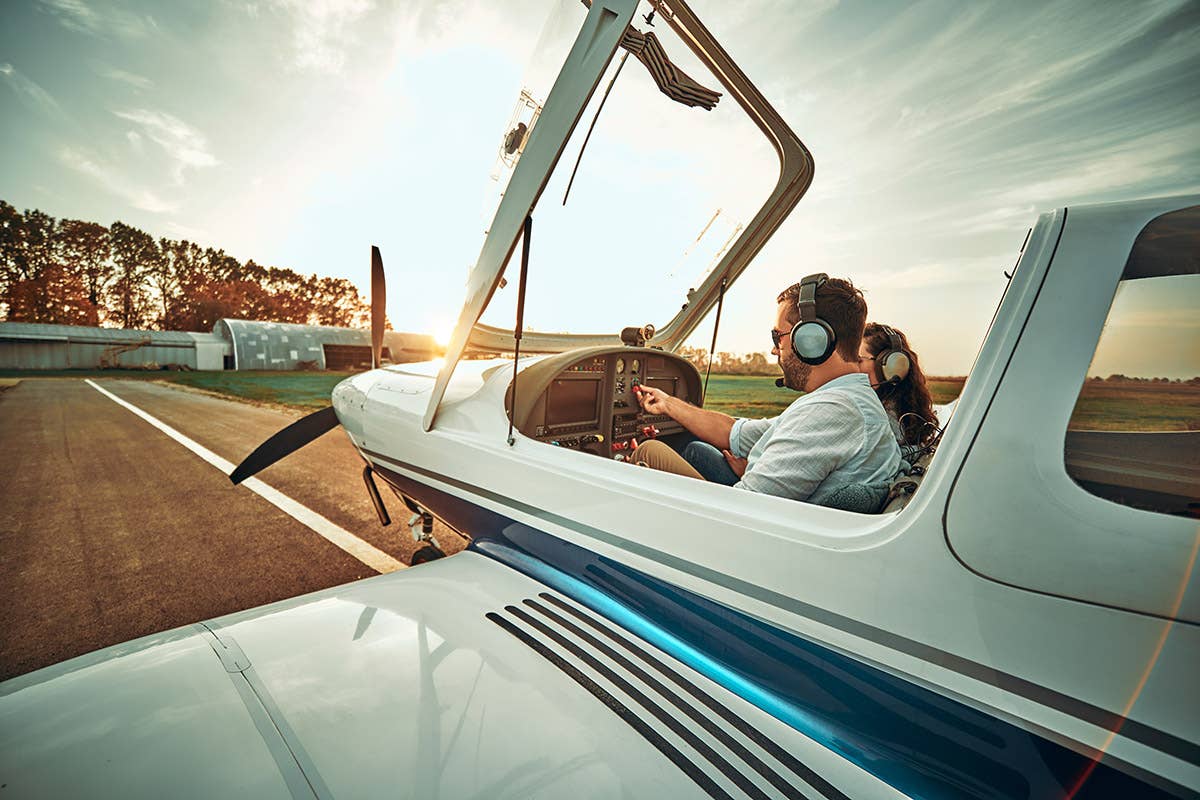
Subscribe to Our Newsletter
Get the latest FLYING stories delivered directly to your inbox



